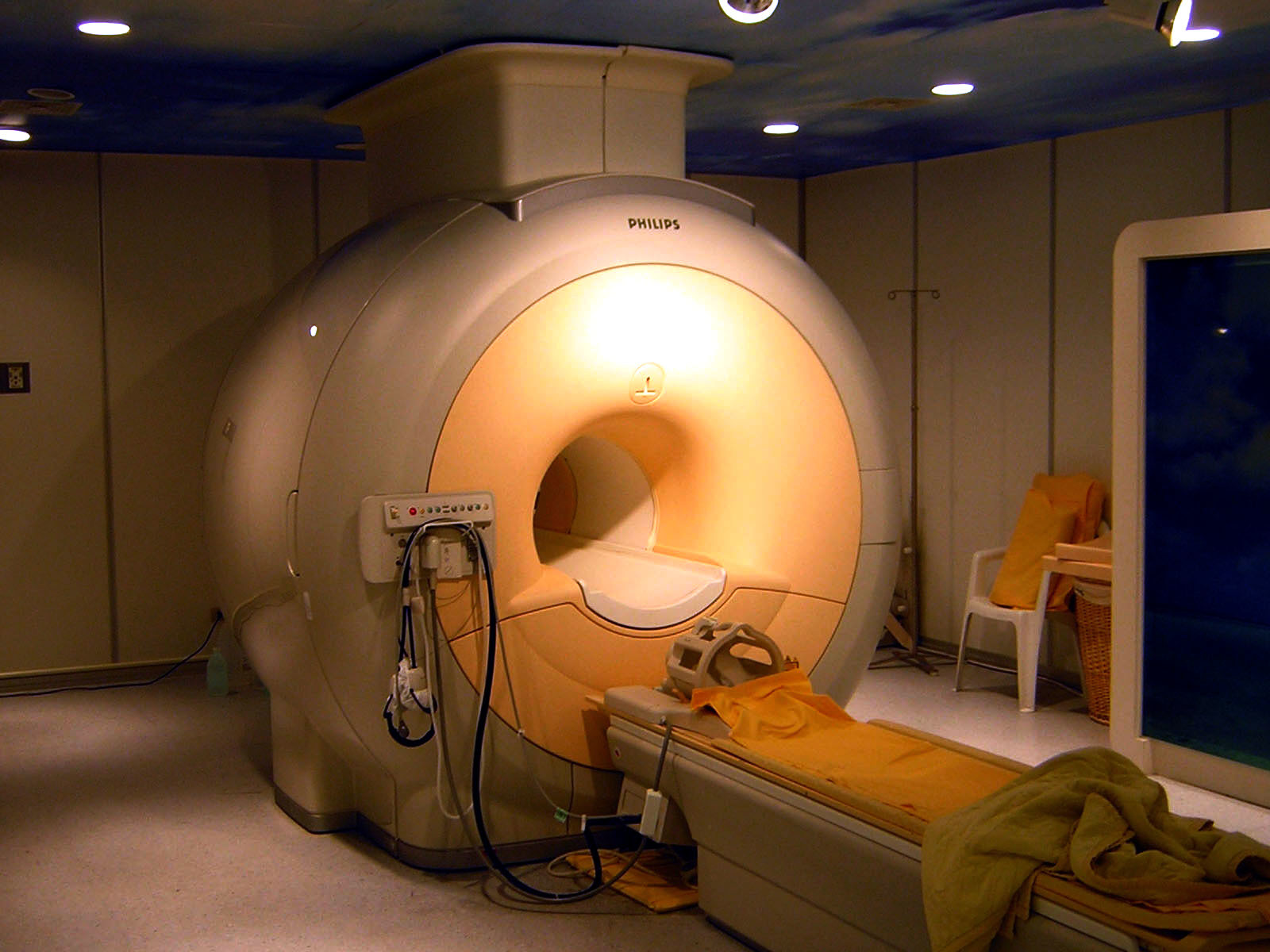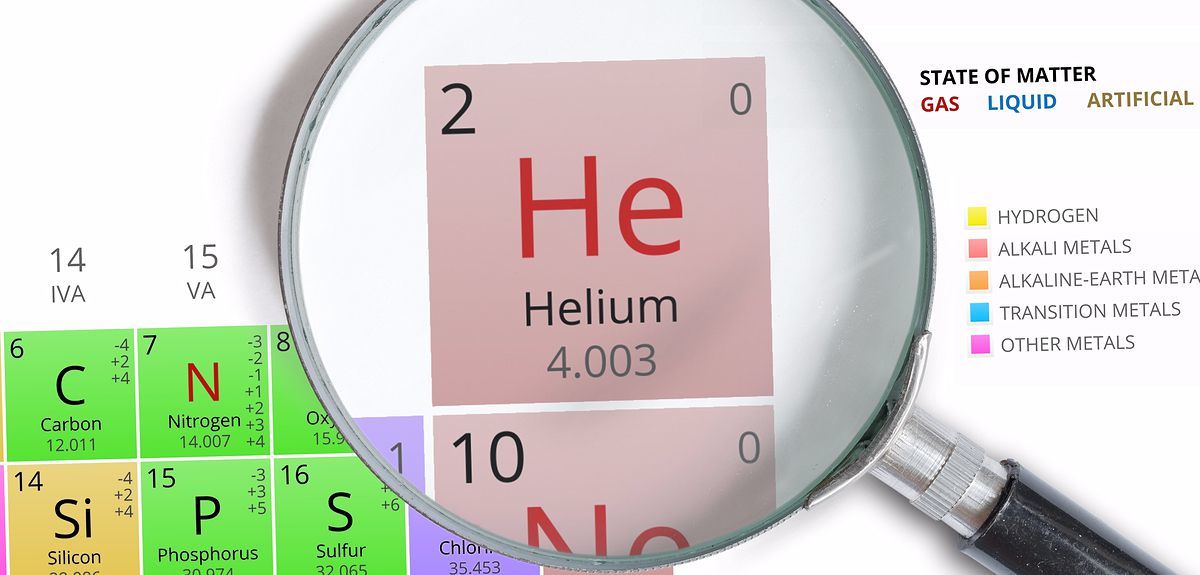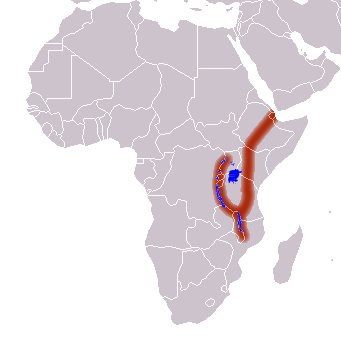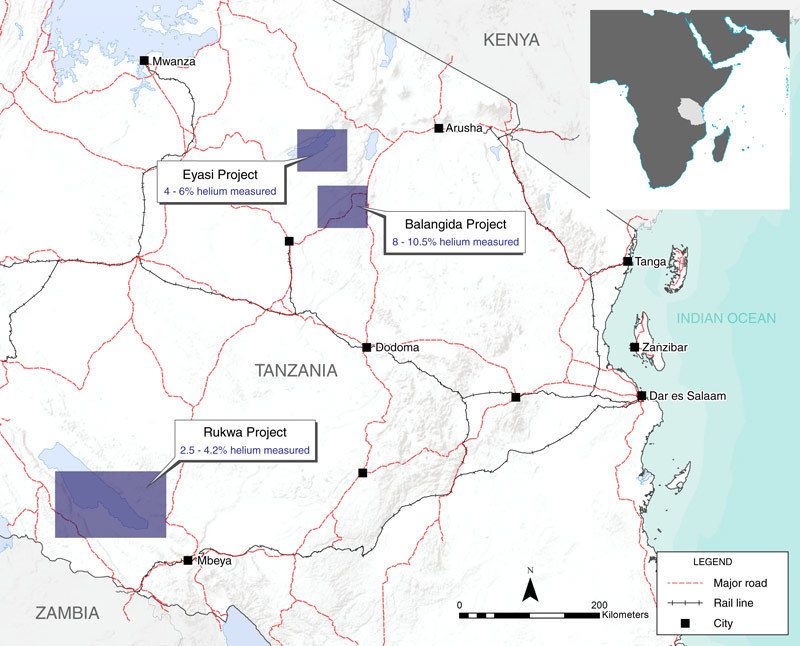A new scientific method has helped find a large helium deposit.
A very timely and important discovery for humanity

Magnetic Resonance Imaging
One of the most common elements in the universe - helium - is relatively rare on Earth. Until now, scientists have not even had a way to find its deposits.
Helium was found only by chance , together with natural gas deposits, and was extracted from the same natural gas by a low-temperature separation process - the so-called fractional distillation.
')
At the same time, helium is extremely important for science and industry. In some cases it is not too critical - no one will worry if the balloons stop flying into the sky. But in some areas helium is almost irreplaceable. For example, in devices for magnetic resonance imaging (MRI), superconducting electromagnets operating in liquid helium are used. This is the most optimal refrigerant, and the absence of helium would have unpleasant consequences.
In addition to magnetic resonance imaging, liquid helium is used as a coolant for cooling superconducting magnets in infrared and high-frequency radiation detectors, SQUID magnetometers, scanning tunneling microscopes, and accelerators of charged particles. For example, the Large Hadron Collider at CERN uses 96 tons of liquid helium to maintain a temperature of 1.9ºK.

Liquid helium is also used in dissolving cryostats and cryogenic electric machines. Helium gas - in metallurgy as a protective inert gas for the smelting of pure metals, in the food industry (food additive E939) as a propellant and packaging gas, for filling air-floating vessels (airships and aerostats) as a safe alternative to hydrogen, in cylinders for diving, for filling balloons and shells of meteorological probes, for filling gas discharge tubes, as a coolant in some types of nuclear reactors, as a carrier in gas chromatography, for searching for leaks in ruboprovodah boilers and as a working medium component in the helium-neon lasers, for purging fuel tanks of liquid rockets, etc.
Helium-3 is also a promising fuel for thermonuclear energy in the distant future. It is surprising that with such importance of helium for science and industry, as well as considering its prospects for energy, scientists still have not had an effective search for helium deposits in the earth's crust. It got to the point that some experts even offer to extract helium from regolith on the Moon , if the earth’s reserves of this element are exhausted.
Until recently, not a single helium deposit was found purposefully - only by chance, in small quantities, along with oil and gas.
Now the situation has finally shifted from the dead point. A group of scientists from Oxford and Durham Universities (Great Britain), together with the Norwegian heli-mining company Helium One, developed a completely new method for detecting gas fields - and with its help they found the first real helium deposit (in the territory of the African state of Tanzania).
Scientists began with theoretical work. They studied how, in the process of volcanic activity, the ancient mineral rocks in the earth's crust are heated enough to release the helium they contain.
For the study, the authors chose the Tanzanian East African Rift Valley (Great Rift Valley), where the movement of the continents gives rise to volcanic activity and creates cracks in the earth's crust, exposing the oldest mineral rocks. By the way, among these species, scientists recently found the fossilized remains of the most ancient farm on Earth, 25 million years old , where termites cultivated mushrooms to feed their colony.

Location of the Great Rift Valley
As you can see, the Great Rift Valley is useful not only for evolutionary history, but also for other areas of science and industry. It was there that they found a helium deposit.
The results of the study were presented by one of the authors of the research paper, a postgraduate student at the University of Durham Diveena Danabalan at the Goldschmidt Conference on Geochemistry in Yokohama, Japan.
“We have shown that volcanic activity in the rift is important for the formation of tangible helium reservoirs,” the graduate student explained. - Probably, volcanic activity provides enough heat to release helium accumulated in the ancient rocks. However, if the gas traps are too close to a certain volcano, then there is a risk of mixing helium with volcanic gases such as carbon dioxide, just as we observe in the thermal springs of this region. ” Now scientists are working to determine the location of the most favorable, "ideal" zone between the ancient rock and modern volcanoes, where there are the best conditions for the formation of reservoirs of pure helium.
Random search helped to find the helium deposit in Tanzania - there were places on the territory of the Tanzanian East African rift valley where helium and hydrogen were released directly from the soil . Armed with a new geological theory of the formation of deposits, scientists have made the bold assumption that there are rich reserves of helium underground. So it happened.

Helium deposits in Tanzania: Rukva , Balangida and Eyasi . Helium One Company Card
Independent experts estimated the probable helium reserves of the Rukwe deposit alone at 1.528 billion cubic meters. That's enough to fill 1.2 million MRI devices with liquid helium.
But the most important thing is that the new method is used to search for new deposits that are needed now more than ever. The global consumption of helium is 226 million cubic meters per year, and only 685 million cubic meters of helium are left in the world's largest reservoir, the United States Federal Helium Reserve. At the same time, the total known reserves of helium in the United States are approximately 4.3 billion cubic meters.
Thus, the discovery of British and Norwegian geochemists will come in very handy for the world economy, science and technology. Perhaps for at least several decades, mankind will provide itself with helium, even with the growth of consumption.
Source: https://habr.com/ru/post/395711/
All Articles